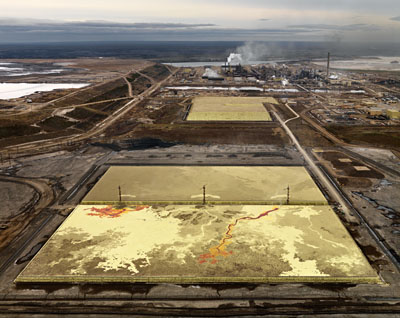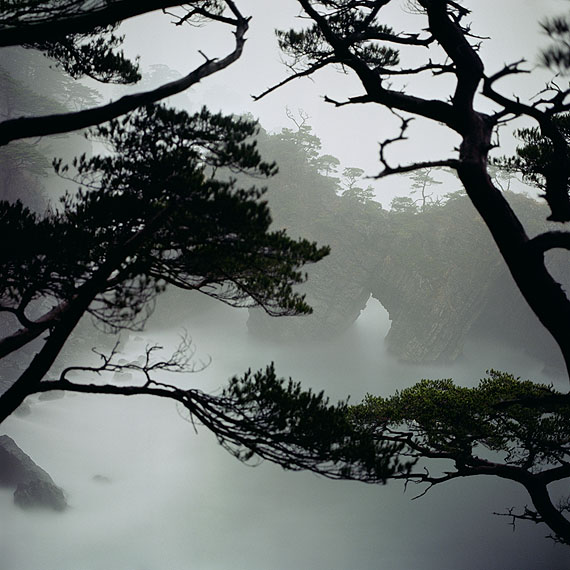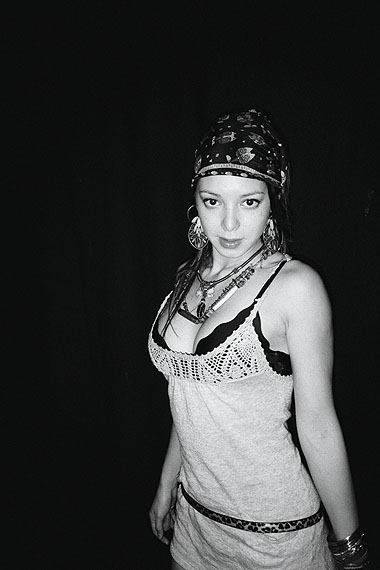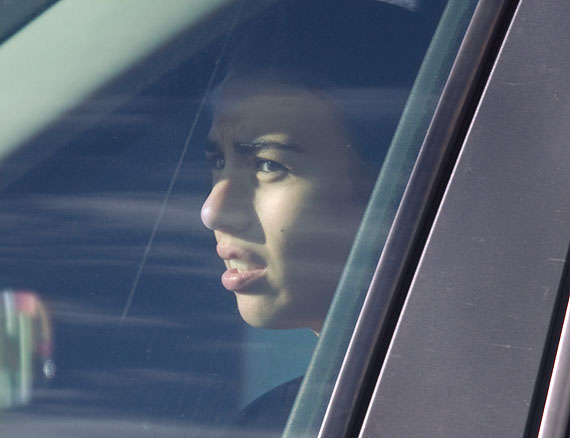
Alberta Oil Sands #6, Fort McMurray, Alberta , 2006
99.1 x 124.5 cm, C-Print
Welt - Bilder 4
Darren Almond » Edward Burtynsky » Georg Gatsas » Aglaia Konrad » Uriel Orlow » Beat Streuli » Mette Tronvoll » Ester Vonplon »
Exhibition: 23 Sep – 13 Nov 2011

Helmhaus
Limmatquai 31
8001 Zürich
+41 (0)44-2516177
info@helmhaus.org
www.helmhaus.org
Tue-Sun 10-18, Thu 10-20

Fullmoon@Sesshu II ,2011
180 x 180 cm, C-Print
„Welt – Bilder 4 / World – Images 4“
Helmhaus Zürich
CH
23.9. – 13.10.2011
Vernissage: 22.9.2011, 18 Uhr
Darren Almond, Edward Burtynsky, Georg Gatsas, Aglaia Konrad, Uriel Orlow, Beat Streuli, Mette Tronvoll, Ester Vonplon
WORLD –
IMAGES 4
The images that we see meld into our image of the world. What visual worlds, what world images do artists show us in their photographs? The Helmhaus Zürich is presenting the fourth in its series of exhibitions and publications titled World Images: a vibrant spectrum of current, international photography.
The infectious commitment of the feelings on view covers a wide spectrum: beauty and horror are close neighbours; magical moonlit nights rub shoulders with man-made natural catastrophes; the camera eye ranges from Mongolia to megacities, from a remote valley in Switzerland to mining regions in Australia.
Co-curated by Andreas Fiedler and Simon Maurer the exhibition World Images 4 shows eight approaches, eight artistic variations in expression, subject matter, social focus and geographical location. The internationally renowned artists are relatively new to Switzerland: the Austrian Aglaia Konrad, an artist who left her stamp on the memorable documenta X; Edward Burtynsky, whose environmental concerns have attracted the notice of art, science and politics in North America; Darren Almond, who was represented at the legendary London exhibition Sensation, and the Norwegian Mette Tronvoll, whose series of portraits are increasingly attracting critical attention. Two young Swiss practitioners are included as well: Ester Vonplon (31) and Georg Gatsas (33), each contributing their own distinctive interior views. Uriel Orlow has contributed to the Swiss presentation at this year’s Venice Biennale and Beat Streuli’s inimitable oeuvre is already inscribed in the history of photography. For their work, much of it produced especially for the exhibition, the artists have chosen widely divergent forms of presentation from conventionally framed pictures and projections to space-filling installations.
WELT –
BILDER 4
Aus den Bildern, die wir sehen, entsteht unser Weltbild. Welche Bildwelten zeigen uns fotografierende Künstlerinnen und Künstler, welche Weltbilder vermitteln sie uns? Im Helmhaus Zürich ist nach 2005, 2007 und 2009 der vierte Teil der Ausstellungs- und Publikationsreihe Welt – Bilder zu sehen: ein lebendiges Spektrum aktueller, internationaler Fotografie.
Die von Simon Maurer und Andreas Fiedler gemeinsam kuratierte Ausstellung bietet ein engagiertes und engagierendes Wechselbad der Gefühle: Schönheit und Schrecken liegen nah beieinander, von magischen Vollmondnächten gerät man in mensch-gemachte Naturkatastrophen, von der Mongolei in Megacitys, von einem Schweizer Bergtal in australische Bergbaugebiete.
Welt – Bilder 4 wartet mit international renommierten Künstlerinnen und Künstlern auf, deren Werk in der Schweiz noch kaum je gezeigt wurde: mit der Österreicherin Aglaia Konrad, einer prägenden Figur der denkwürdigen documenta X; mit Edward Burtynsky, dessen umweltbewusstes Werk in Nordamerika in Kunst, Wissenschaft und Politik für Aufsehen sorgt; mit Darren Almond, der an der legendären Londoner Ausstellung Sensation beteiligt war; und mit der Norwegerin Mette Tronvoll, die mit ihren Porträtserien zunehmend Aufmerksamkeit findet. Mit dabei sind auch zwei ganz junge Kunstschaffende aus der Schweiz, Ester Vonplon (31) und Georg Gatsas (32): Sie zeigen auf sehr persönliche Weise konservierte Vergangenheit in den Schweizer Bergen und die junge Musikszene des „Dubstep“ in der Londoner Subkultur. In der Ausstellung vertreten sind auch Uriel Orlow, der an der Biennale Venedig am Schweizer Beitrag beteiligt ist, und Beat Streuli, dessen unverwechselbares Werk sich in die Fotografiegeschichte eingeschrieben hat. Die meisten Künstlerinnen und Künstler zeigen neue Arbeiten, die eigens für die Ausstellung produziert worden sind und sich in den Sälen sehr individuell präsentieren: konventionell gerahmt, projiziert oder installativ in den Raum ausgreifend.

Dancer I, 2008
90 x 60 cm
RC-Print

Aus: Quai de l’Industrie 09, 2009 / 2011
Dimension variabel
Digitale Bildsequenz (Einzelscreen-Installation)